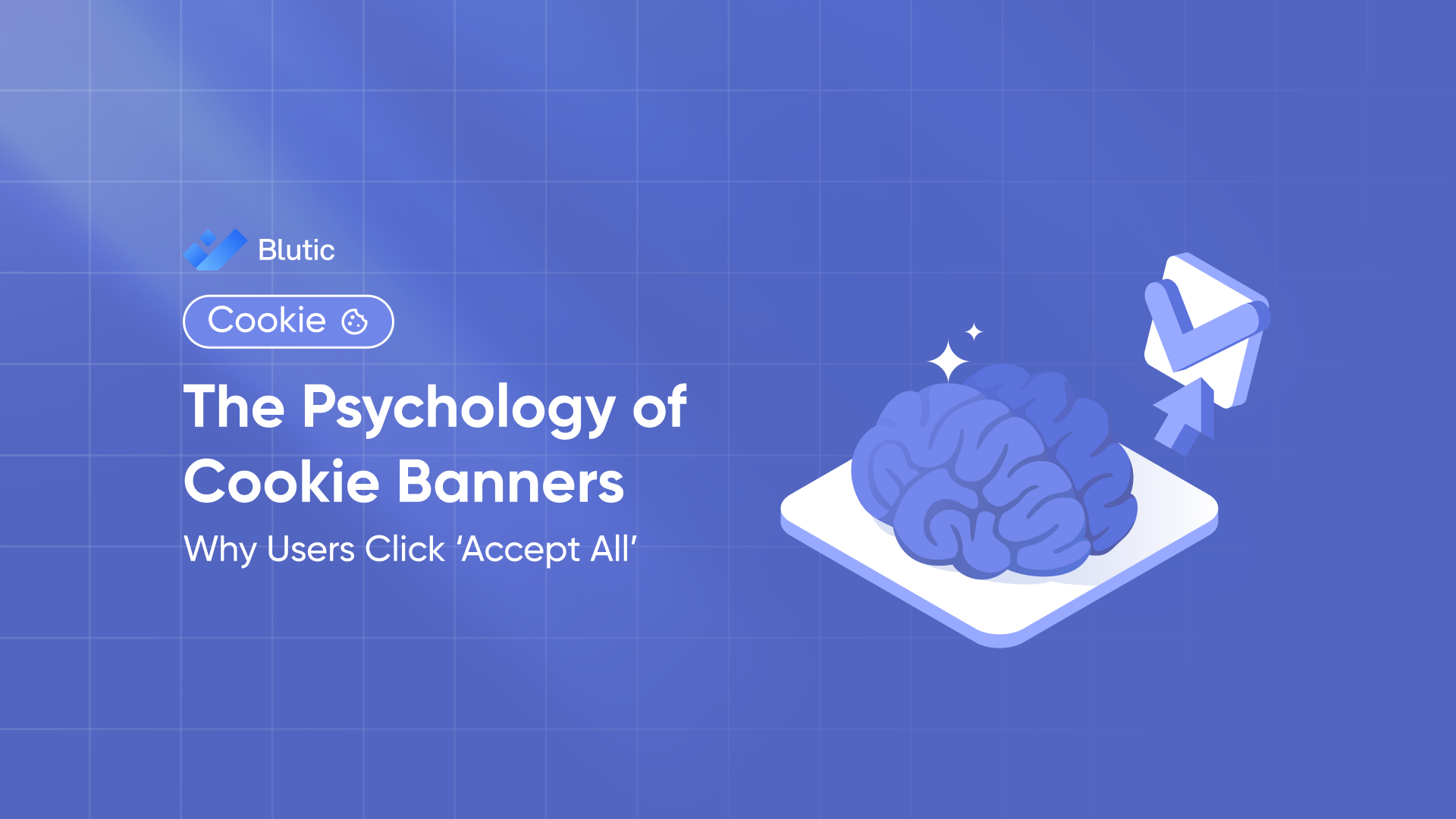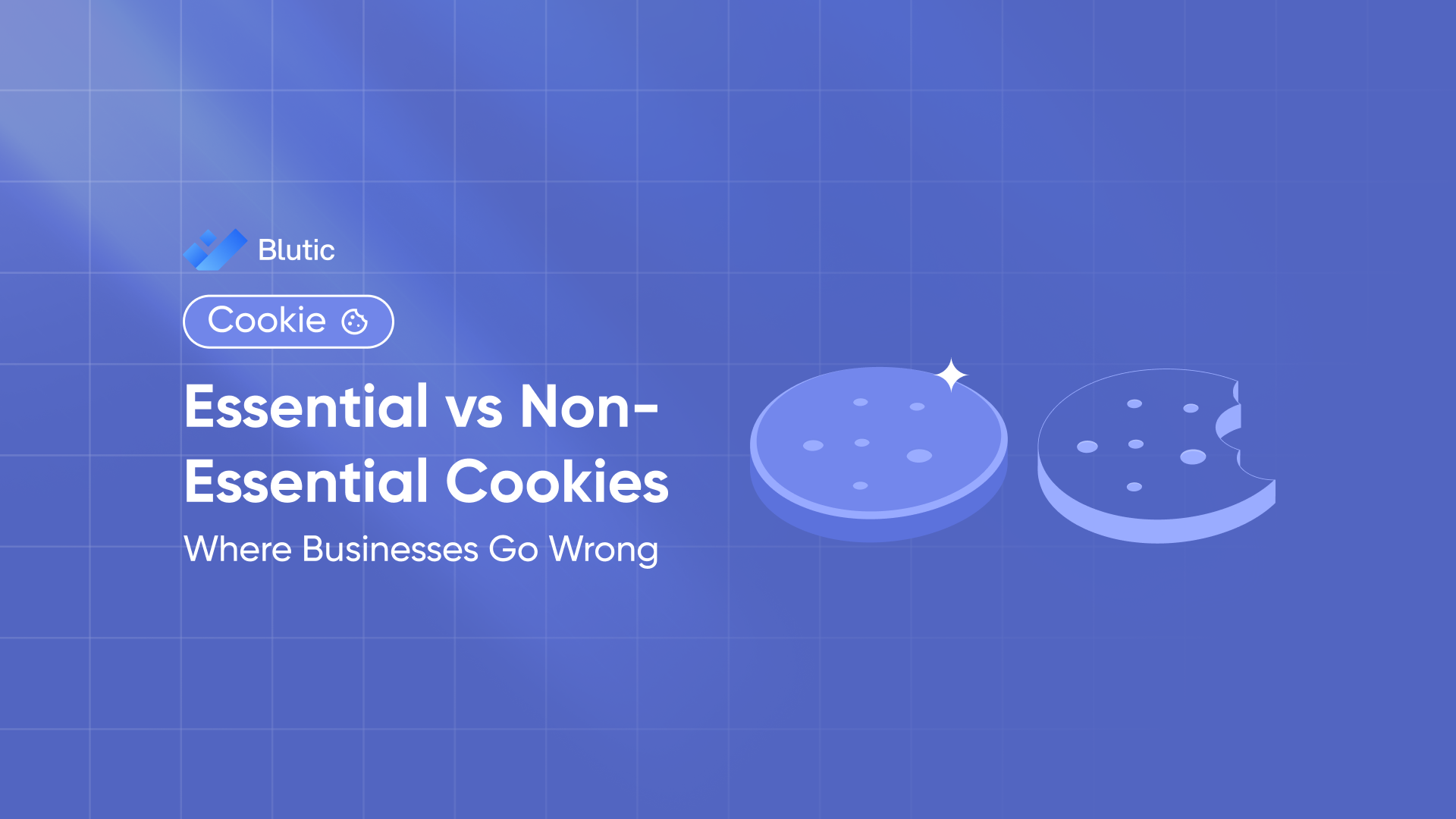How Transparent Cookie Practices Boost Brand Credibility

How Transparent Cookie Practices Boost Brand Credibility
Introduction
Trust isn’t built with a single click, but it can be lost in one.
With rising digital awareness and the DPDP Act now active, users in India are questioning how their data is used and cookie practices are the first touchpoint. A vague or manipulative cookie banner signals that your brand prioritises compliance over clarity or worse, hides its intentions.
In contrast, transparent cookie practices signal responsibility, integrity, and respect all of which contribute to brand credibility in a privacy-first economy.
What Do We Mean by “Transparent Cookie Practices”?
Transparency means:
- Explaining what cookies, you use and why
- Giving users clear choices without pressure
- Blocking tracking until informed consent is given
- Making it easy to update or withdraw preferences
- Providing visibility into consent logs and usage history
It’s not just about showing a banner. It’s about creating a privacy relationship that is honest, easy to understand, and user controlled.
Why Cookie Transparency Builds Trust
1. It Shows You Have Nothing to Hide
When you explain your use of cookies from analytics to marketing, users understand the value exchange.
Instead of being seen as intrusive, your data collection becomes part of a shared goal: better personalisation, smoother UX, or site improvements.
2. It Honours User Choice
Transparent consent practices allow users to:
- Accept only essential cookies
- Choose by purpose (e.g., reject marketing, allow analytics)
- Update preferences anytime
This level of control tells users: you’re in charge of your data here.
3. It Prevents Backlash and Brand Damage
Users are quick to call out privacy violations or dark patterns. If your site uses pre-selected consents, hides the “Decline” button, or ignores user choices, it could lead to:
- Social media criticism
- Reduced conversion rates
- Formal complaints to regulators
- Negative press or legal attention
Transparency helps you stay ahead of both perception and policy.
4. It Creates Competitive Differentiation
In crowded digital markets, offering cookie transparency becomes a brand signal like “cruelty-free,” “organic,” or “eco-conscious.”
A visible, user-friendly privacy experience can set you apart from competitors who rely on manipulative consent tactics.
Key Components of Transparent Cookie Practices
- Clear Categorisation
Break cookies down into categories: Essential, Functional, Analytics, Marketing. Explain what each does.
- Easy Preference Management
Include a “Manage Preferences” link in your banner and in your footer for easy access anytime.
- No Pre-Ticked Boxes or Forced Opt-Ins
Ensure all non-essential cookies are defaulted to “off” unless chosen by the user.
- Consent Logs
Store user choices with time stamps and cookie version history. This is critical for compliance and user inquiries.
- Consistent UX Across Devices
Your consent interface should look and function similarly across web, mobile, and in-app environments.
How Blutic Powers Transparency at Scale
Blutic is built to help Indian businesses implement transparent, compliant, and trustworthy cookie practices without complexity.
With Blutic, you can:
- Deploy multi-language, category-based cookie banners
- Block non-essential cookies by default
- Store audit-ready consent logs
- Offer a live preference centre
- Customise your UX without sacrificing legal requirements
- Integrate with Shopify, GTM, WooCommerce, and more
Blutic transforms cookie compliance into privacy storytelling, showing users exactly what’s happening with their data and giving them the tools to control it.
In the age of data regulation and user empowerment, cookie consent isn’t just a policy, it’s part of your brand experience. Transparent cookie practices demonstrate that your business isn’t just following the law, it’s choosing to lead with clarity and respect. And that’s what builds trust one clicks at a time.
Frequently Asked Questions
You must collect explicit consent before placing non-essential cookies and maintain a log of those consents for compliance purposes.
It’s a strong start but you also need backend systems for consent logging, withdrawal, and cookie control. Tools like Blutic help manage all of it.
No. Studies show users are more likely to engage when they feel in control. Trust leads to longer sessions and better conversions.
No. Even startups and SMEs benefit from building trust through better privacy UX and users now expect it from every digital interaction.





